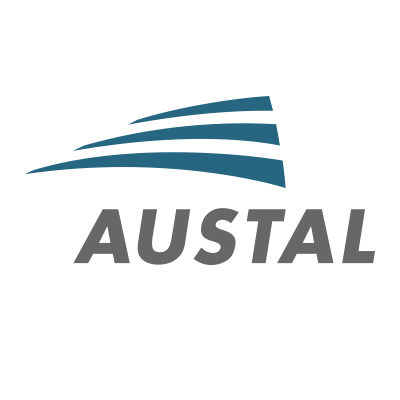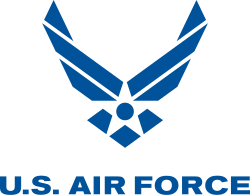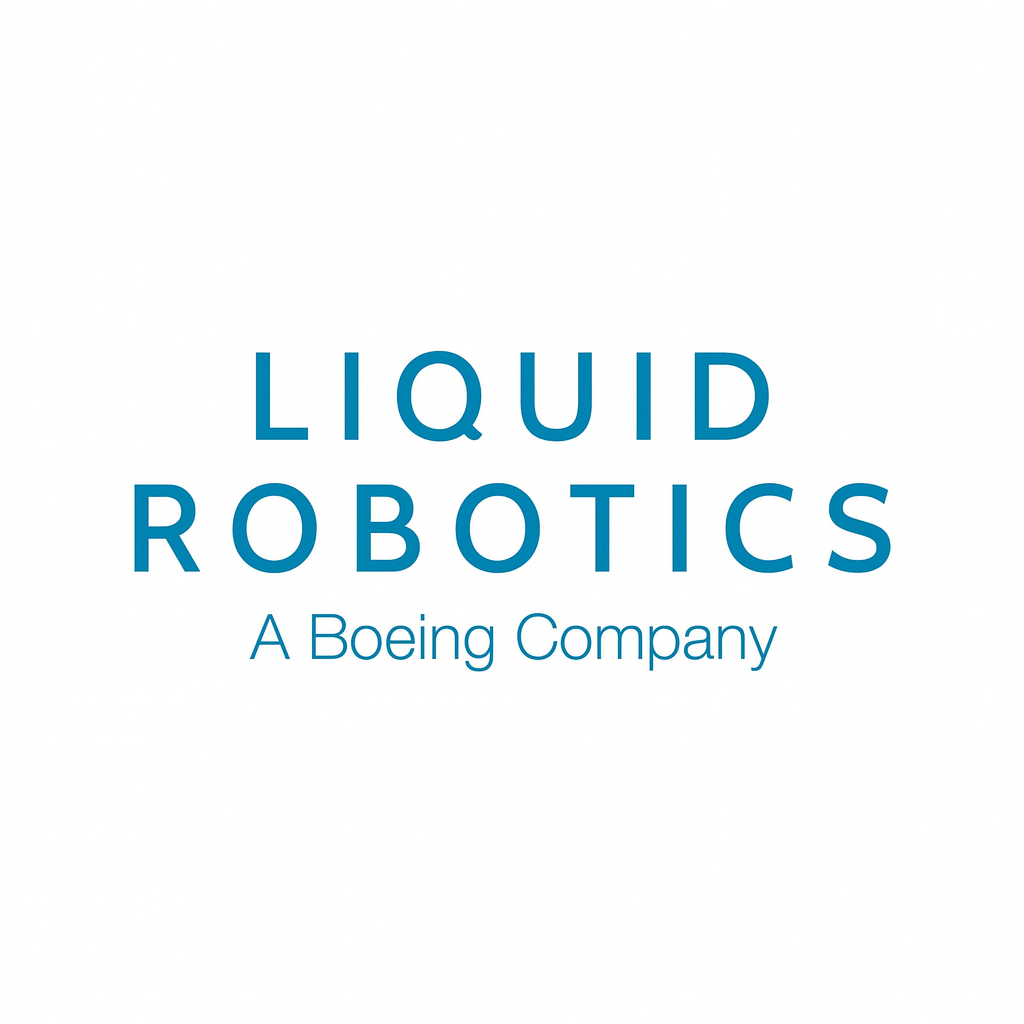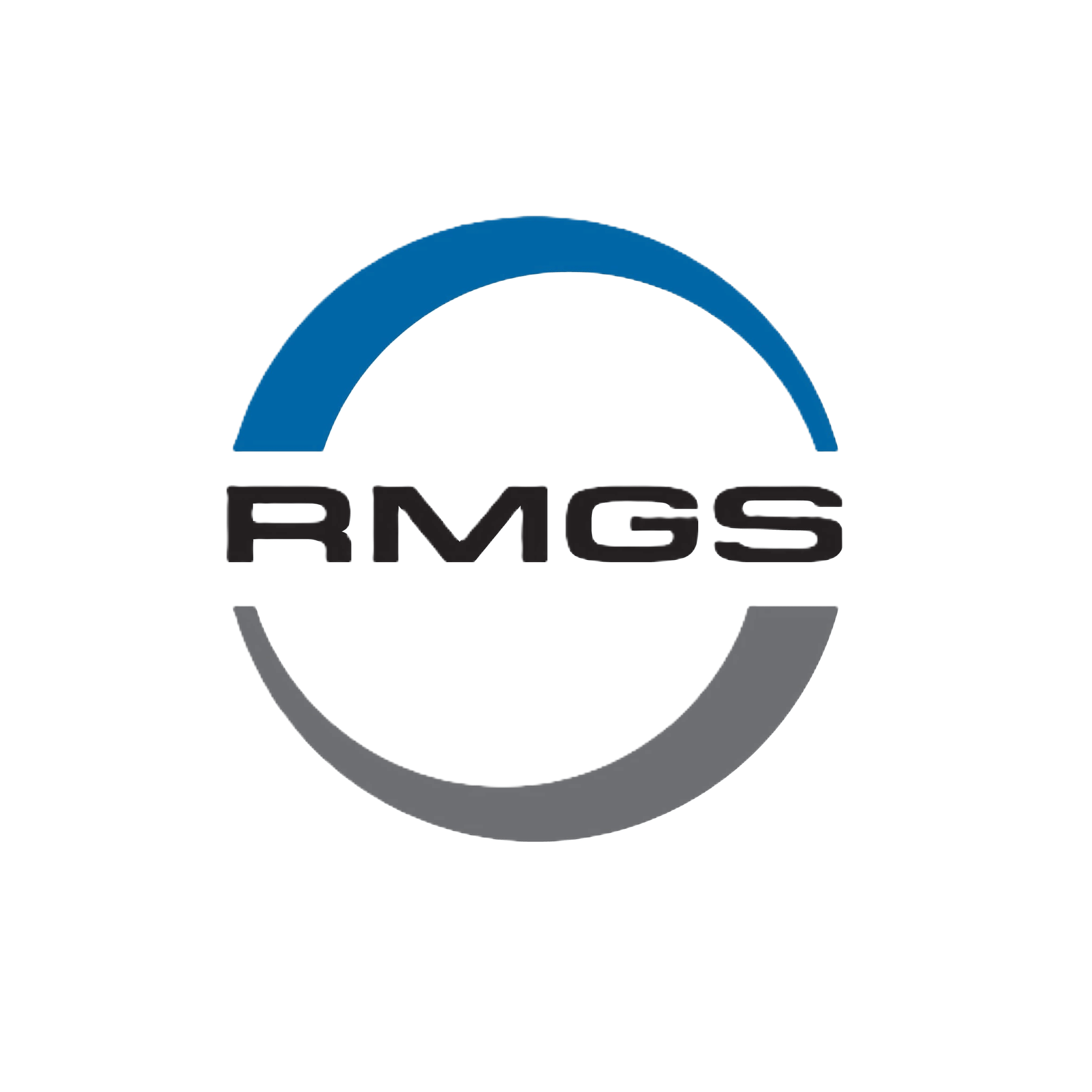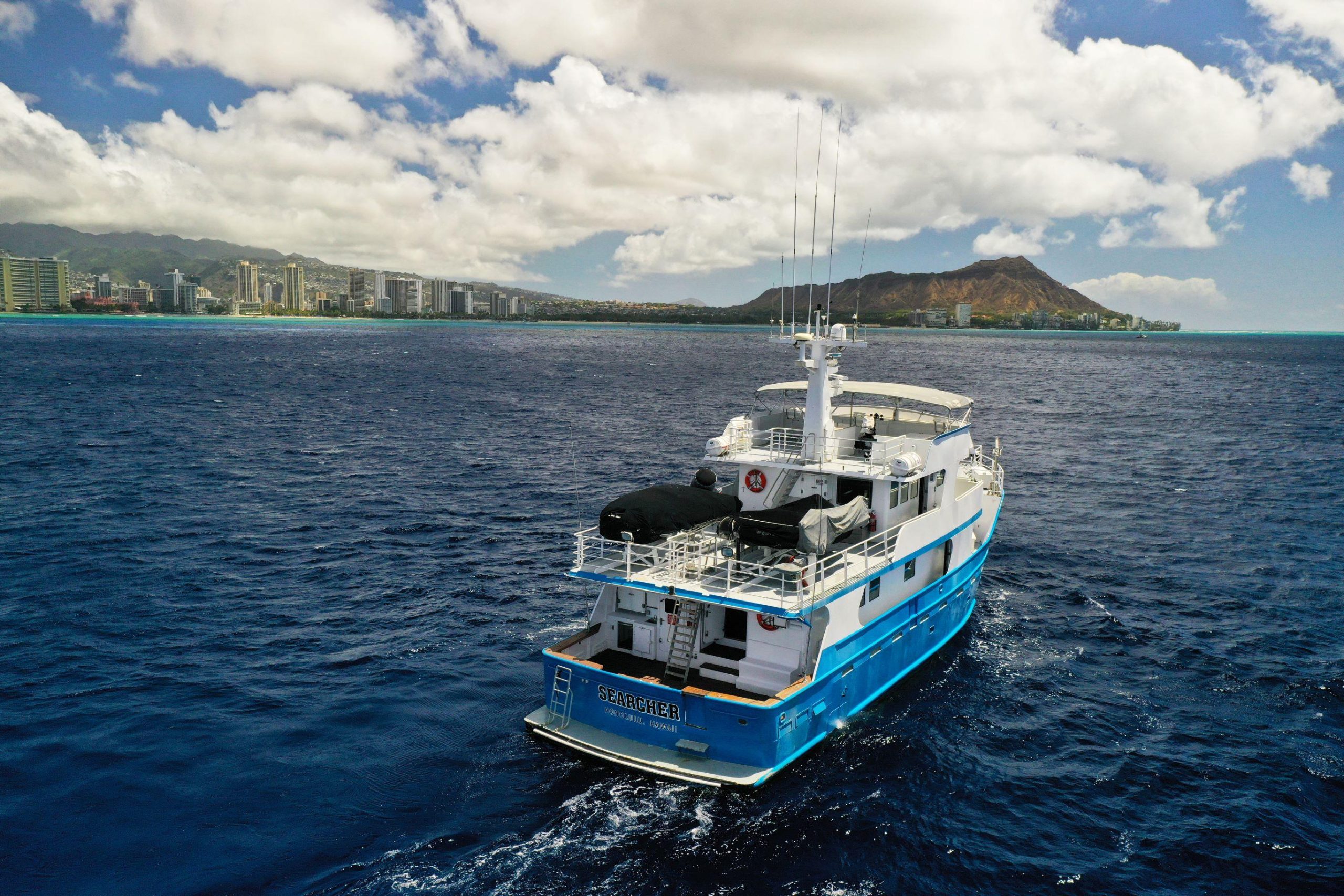
Vessel Availability
Vessel availability sounds simple; is a vessel available to work on certain dates or not? The reality is a bit more complicated.
Vessel owners are in the business of keeping their boats busy. Owners are approached by Charterers throughout the year seeking commitments for charters big and small – the problem is Owners can’t commit to a short charter far in advance, as a long charter might develop with shorter notice.
Sansu Marine helps bridge this gap for Charterers by working with them to determine a class of vessel suitable for their project, then leveraging their relationships across the broader US charter fleet to present viable options with realistic expectations of availability and contingencies should situations change.
The following table highlights several classes of vessels, focusing on the specifications and considerations Charterers need to be aware of when sourcing a vessel for their project. We discuss the general availability of each class, but to understand specific vessel options we recommend reaching out for a call with the Sansu Marine team.
- Rigid Inflatable Boats (RIBs)
- 70ft - 100ft Research Vessels
- 208ft Multi-Purpose Vessels
- 240ft+ Offshore Supply Vessels
Rigid Inflatable Boats (RIBs or RHIBs) can range from small 15ft safety boats equipped with a single outboard and jockey seats to large 40ft cabin vessels with multiple engines, works stations, and specialty equipment. At Sansu Marine we’ve worked with numerous owners and manufacturers to provide the right craft for the mission set.
- RIBs we’ve utilized at Sansu Marine: Tornado 6m, Zodiak Mk 5 & Mk 6, Zodiac Hurricane 870, Flexboat 550, Flexboat 760, Protector 25, Protector 28, Nautica 33, North Atlantic 26, SafeBoat 31, USMI 11m, Airship 288
- Rates – Typically range between $400 to $2500 per day uncrewed and excluding fuel, largely dependent upon size.
- Lead Time – RIBs can typically be booked at the Charterers discretion with little impact to rates or availability.
- Work Scopes – Safety & rescue, security & patrol, personnel transport, surveying & sampling, tourism, yacht & sailboat racing, videography, drone support, USV launch and recovery assistance, communications networking, diving & subsea support.
Research vessels come in a variety of shapes and sizes. One of the biggest considerations when evaluating vessel options in this size range is the professionalism of the operator and crew. In many cases, a recreational vessel can be used in place of a commercial operator, but this often runs the risk of operational delays, equipment casualties or personnel issues. In terms of availability, localized options are more prevalent often in partnership with research institutions; however independent operators serve an important function of supplying vessels without the institutional red-tape.
- Mid-Range Research Vessels: RV Bellows, MV Kaho, MV Searcher, MV Michael Uhl, MV Surveyor, MV Richard L Becker, MV James K Goodwin
- Rates – Typically range between $3,500 to $10,500 per day fully crewed, excluding fuel and other voyage/port related expenses.
- Lead Time – Flexibility plays to your advantage on boats in this range. As with other vessels, a lengthier duration allows for earlier confirmation. With that said, Short notice availability can often be worked in, as jobs for the boats typically run one to two weeks, which often leaves gaps in their schedule which owners are eager to fill.
- Work Scopes – Ocean & atmospheric observation and research, blue water surveying, USV deployment and recovery, military training support, equipment transportation, ROV & submersible support, buoy maintenance & deployment, offshore wind support, communications networking, diving & subsea support.
In the aftermath of the Exxon Valdez tragedy, Marine Spill Response Corporation (MSRC) commissioned fifteen new-build vessels to serve as pre-positioned oil spill response vessel throughout the United States. These unique vessels were outfitted with expanded accommodation spaces, two 20-ton cranes, a helicopter deck, and fast rescue boats. Over the years MSRC has began selling off these capable assets, a number of which are now available in commercial service. Through longstanding relationships and positive operating history with MSRC and the current owners of these vessels, Sansu Marine is particularly well suited to assist on projects involving these platforms.
- Trinity & Bender Class (Responder) Multi-Purpose Vessels: Seaward Endeavor, Seaward Explorer, Swift Responder, Point Nemo, Northstar Responder, W.C. Park Responder, Gulf Coast Responder
- Rates – Typically range between $17,500 to $29,500 per day fully crewed, excluding fuel and other voyage/port related expenses.
- Lead Time – Duration of the charter has a large impact on how far in advance one of these vessels can be secured. A general rule of thumb is charters over 30 days can be booked 3-4 months out, charters around 15 days can be booked around 2 months out, and charters of a week or less are typically secured about a month out.
- Work Scopes – Ocean & atmospheric observation, blue water surveying, USV deployment and recovery, military training support, equipment transportation, ROV & submersible support, buoy maintenance & deployment, offshore wind support.
,The workhorse of the offshore fleet, standard Offshore Supply Vessels (sometimes referred to as Platform Supply Vessels) primarily serve the oil and gas exploration and production markets in the US Gulf. These ‘pickup trucks’ of the sea are typically just that – large vessels with an open back deck intended to carry cargo and supplies out to offshore oil platforms. The open cargo deck also lends itself to other applications, serving as a blank canvas for a variety mission sets; however larger owners are often reluctant to work on special projects given the steady oil and gas demand.
- 240ft+ Offshore Supply Vessels: Northstar Commander, Northstar Navigator, Atlantic Joule, HOS Maverick, Cindy Brown Tide, Odyssea Courage
- Rates – Typically range between $20,000 to $45,000+ per day fully crewed, excluding fuel and other voyage/port related expenses. Additional equipment can typically be added or already outfitted vessel can be sourced, with cranes, portable accommodation modules, Remotely Operated Vehicles (ROVs) or LARS (Launch and Recovery Systems) as needed.
- Lead Time – A liquid market exists for both term and spot (last minute short duration) charters, however its primarily centered around the Gulf of Mexico with vessels coming out of Lousiana and the surrounding areas. In locations outside of the US Gulf, there is scattered tonnage (typically smaller ~ 220ft) primarily out of regional centers such as Philadelphia, Newport, San Diego, Seattle, and Honolulu. Their lead time considerations are more aligned with those of the 208′ MPV class.
- Work Scopes – Oil & gas exploration and production, offshore wind farm installation and operations, oceanfloor mining, deep sea salvage and exploration, floating accomodations, mothership operations
For the latest availabilities of specific vessels contact the Sansu Marine team.
General Specifications of Vessels Available
Factors to Consider When Identifying Vessel Options
The market for chartering vessels is no different than any other market; it’s dictated by supply and demand. In the maritime world, these forces are influenced by a number of factors that aren’t so apparent to the typical consumer.
Ready to Get in Touch with Us?
Understanding your organizations needs is the first the step towards us working together for a positive outcome. Whether that entails sourcing a vessel capable of your mission parameters, or assisting your team with the intricacies of navigating regulatory and classification society requirements during mobilization and integration periods. Our team is ready to listen and assist you along the way. Reach out and lets get started.

Contact Us:
+1 833-428-7427
Office Location:
Sansu Marine, LLC
151 SE 1st Street #2008
Miami, FL 33131
Our Trusted Partners and Clients
Our trusted partners, vessel owners, are the foundation of Sansu Marine, providing us with reliable vessels that enable us to deliver exceptional service. Equally important are our clients, whose diverse chartering needs drive our mission to offer flexible and tailored solutions. Together, they form the foundation of our business, helping us connect research, defense, and commercial industries with the specialized marine services they need.
